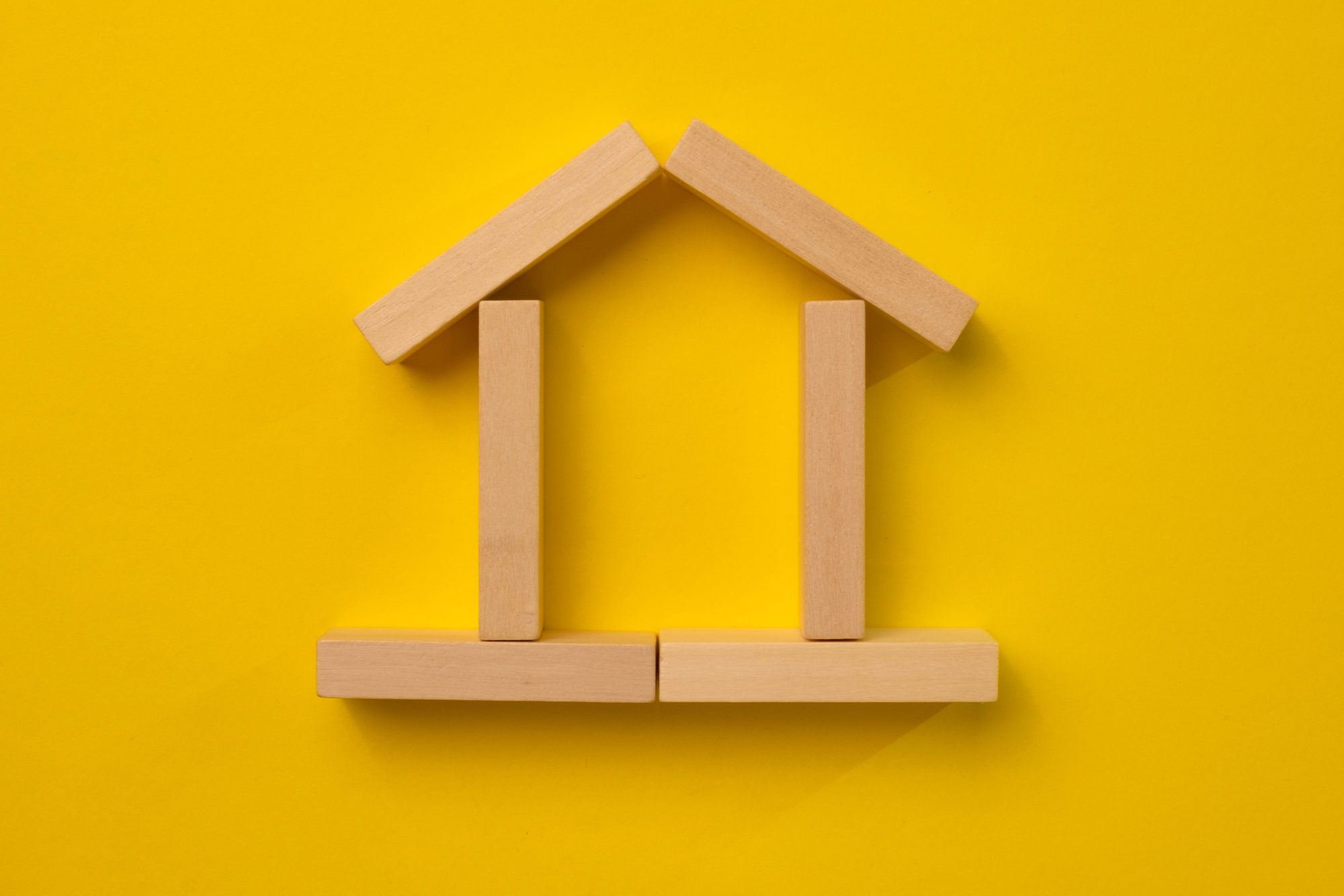
Moreso, they will receive only a primary tax rate credit at a maximum of 20% of their mortgage interest. The surcharge on stamp duty and changes to the mortgage interest relief have made the landlords ask one question: “Is buy-to-let still worth it?”
In this article, we will discuss information on the tax you will have to pay on your rental income in case you decide to become a landlord, including the rates at which you pay tax, how to work out the amount you will pay, how tax credits work, expenses and tax relief, and so on.
- Rent
- Repairs
- Heating
- Hot water
- Furniture usage
- Cleaning of communal areas
- The income tax rates and thresholds for your rental income are the same as those for your personal income. But if you add your net rental income to other incomes, it might push you into a higher band over the usual threshold. That means if your income is:
- Less than the basic rate threshold of £12,570, you are entitled to pay 0% in tax on rental income
- Above £12,570 and below the higher rate threshold of £50,270, you will pay 20% in tax on rental income
- Above £50,270 and below the additional rate threshold of £150,000, you will pay 40% in tax on rental income
- Above the additional rate threshold of £150,000, you will pay 45% in tax on rental income
Landlords are taxed on their net rental income, and there are limits on what you can claim as a buy-to-let allowable expense. Those earning less than £1,000 receive tax relief on their rental income.
If your rental income is more than £1,000, then you must complete a Self Assessment tax return. You can also choose between receiving a property allowance or deducting expenses from the rental income.
Property allowance is also known as “partial relief on the income tax.” If your deductible expenses are lower than £1,000, you can claim a much more significant chunk of your rental income tax-free.
- Less than £1,000 a year in rental income, you do not have to report it to HMRC.
- Between £1,000 and £2,500 a year in rental income, then you must let HMRC know.
- Between £2,500 and £9,999 after deducting allowable expenses, or over £10,000 before excluding allowable expenses, you need to register with HMRC and complete a tax return that includes your rental income as part of your annual Self Assessment.
- Accountant’s fees
- Letting agent fees and management fees
- Council tax, gas and electricity, and water rates
- General maintenance and necessary repairs in the rented house
- Insurance, such as the landlords’ policies for buildings and public liability
- Direct costs such as business phone calls, stationery items, marketing materials
Home improvements (for instance, replacing the carpet with wooden flooring), clothing, personal expenses, mortgage interest, and calls unrelated to your rental business cannot be considered deductible expenses.
You do not pay any income tax on rental income from buy-to-let properties owned by limited companies and are liable to pay Corporation Tax instead, which currently stands at 19% and is calculated considering your overall business earnings.
This option can be cheaper, and you also have more flexibility with the expenses you can claim on a limited company buy-to-let as it is a part of your business rather than an investment.
Take the help of Golding accountants.
Not everyone knows how to file their rental income taxes, which is OK. Using our expertise, you can minimize your hassle and the worry of making silly mistakes.
We at Golding have a ton of property taxation experience. We can guide you properly whether or not you own a property in your name or your limited company’s name. Fill out this contact form so we can get in touch with you asap!





